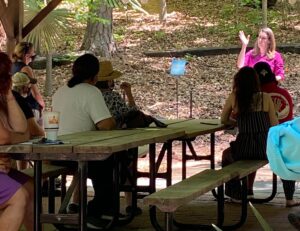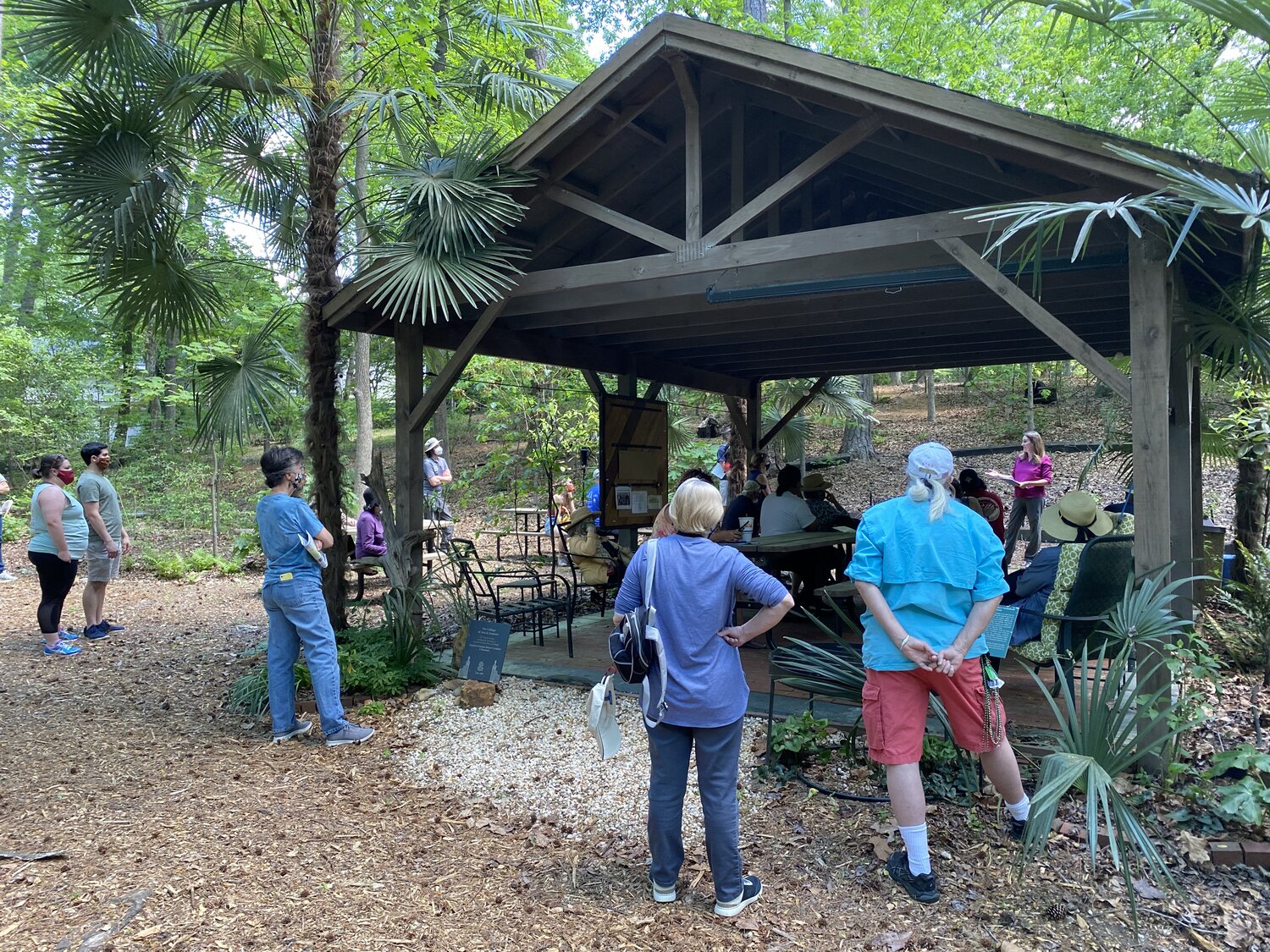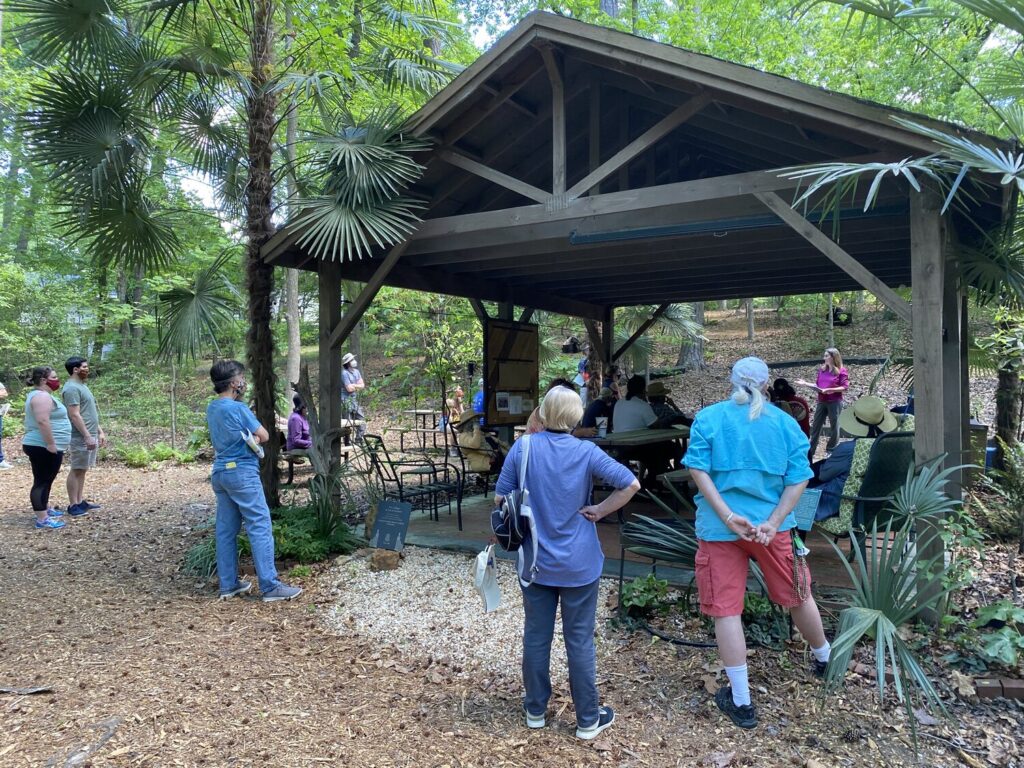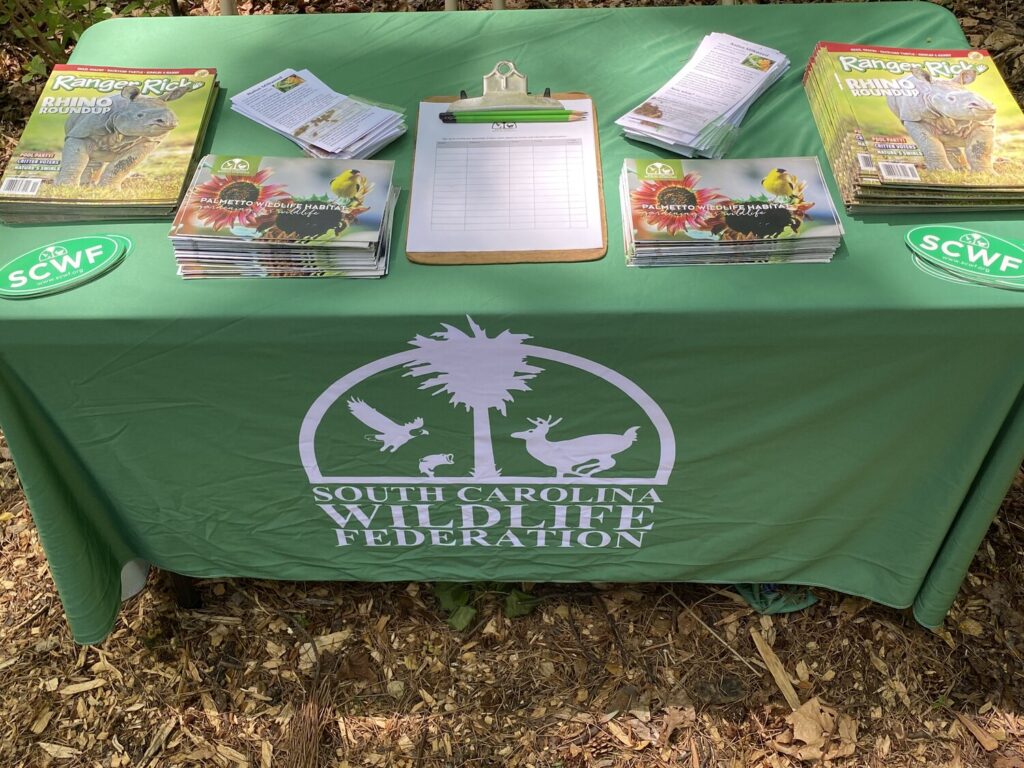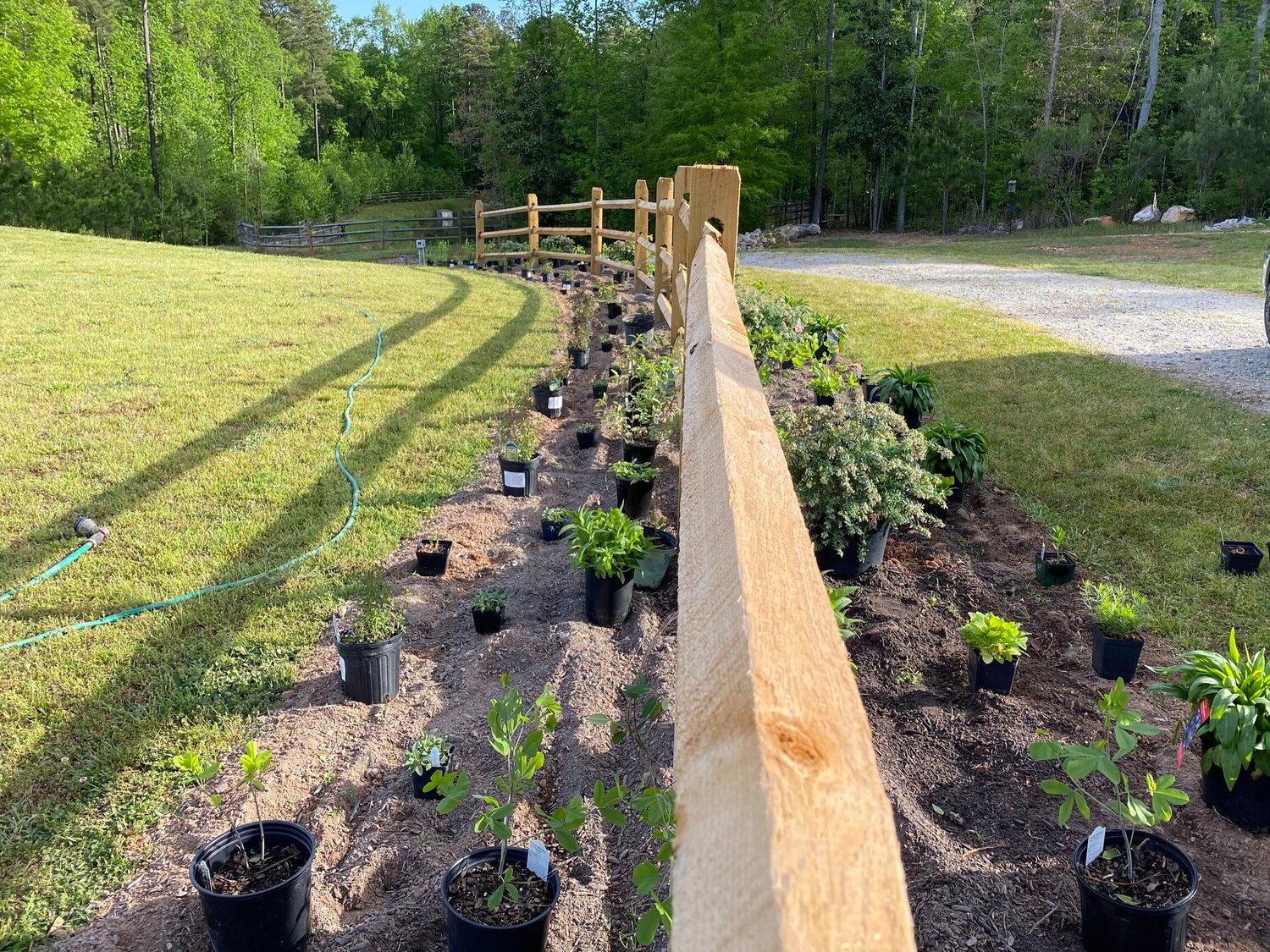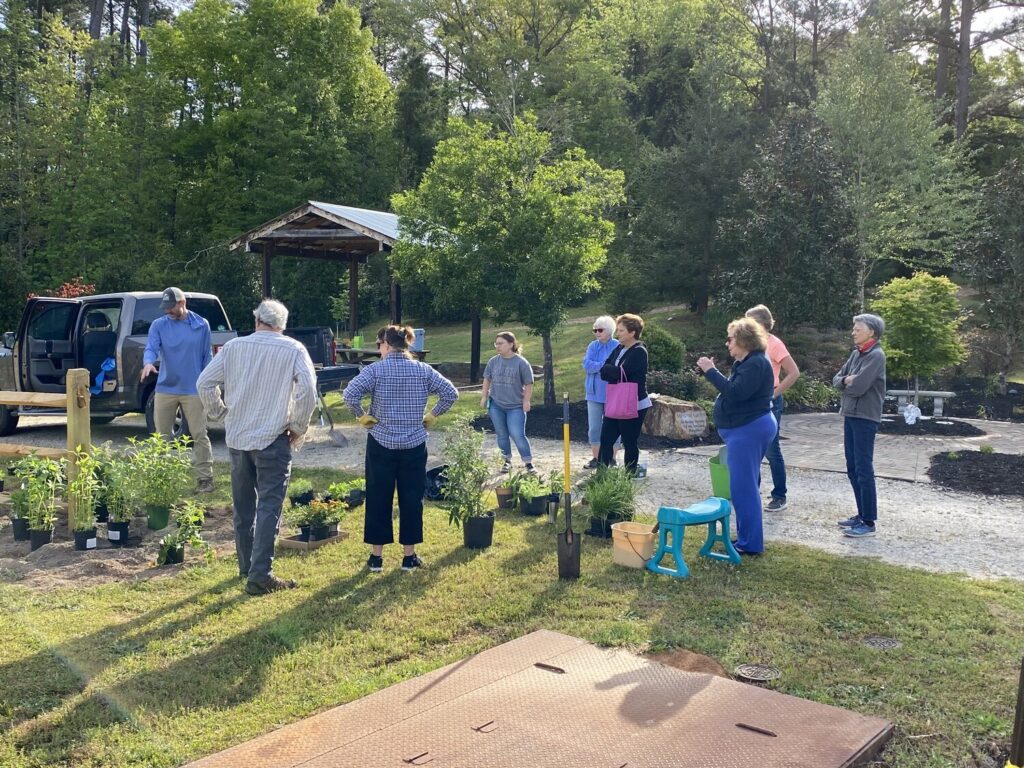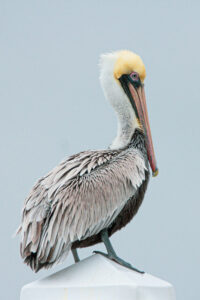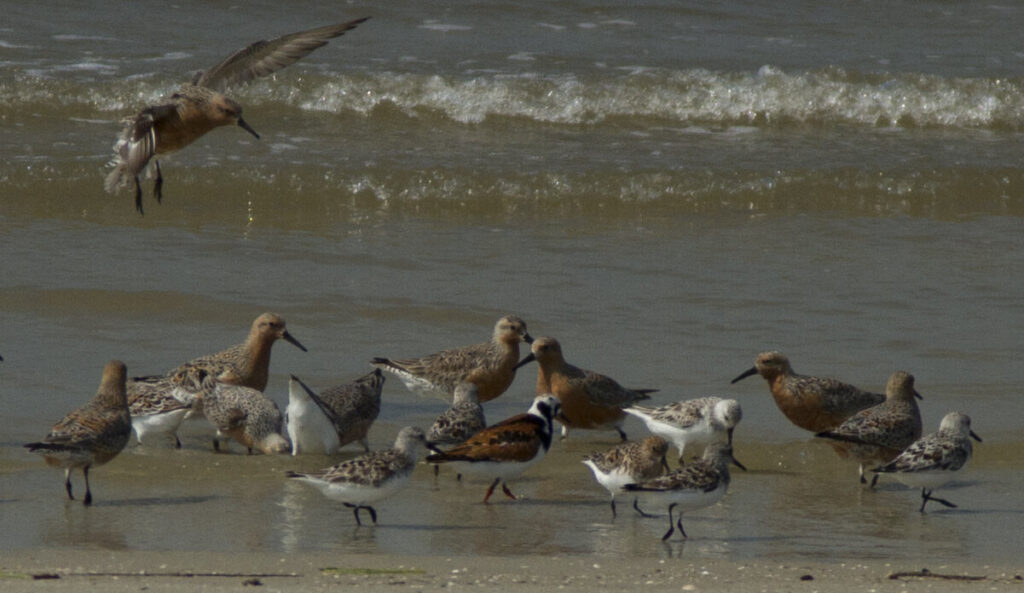The South Carolina Wildlife Federation is honored to be in a position to distribute educational grants to full-time students pursuing environmental education at South Carolina schools of higher education. Both undergraduate and graduate students are eligible, based on their performance in academia and in related community activities.
The winners of the 2020-2021 SCWF Scholarships are:
Jennifer Linscott – 2nd year PhD student at the University of South Carolina
Jennifer wants to be a biologist at a state or federal agency when she graduates, organizing targeted conservation projects for shorebirds, which are experiencing population declines in South Carolina and across the US. As a PhD student, she studies the migration of a threatened shorebird: the Hudsonian godwit (Limosa haemastica), using small satellite tracking devices to follow godwits as they fly from southern Chile to Alaska (and back!) every year. By looking at the places where they decide to stop along the way, Jennifer can draw conclusions about the resources they need to successfully complete migration — and, ultimately, inform landscape-level conservation plans to better support migratory shorebirds as they travel through the continental United States. In the past, Jennifer was a research technician studying mixed-species bird flocks in the Peruvian Amazon; spent a summer working as a surveyor for the Bureau of Reclamation, looking for endangered Southwestern Willow Flycatchers (Empidonax traillii extimus) and declining Yellow-billed Cuckoos (Coccyzus americanus) on the Rio Grande River in New Mexico; and spent another summer working as a surveyor for the Center for Conservation Biology, looking for endangered Black rail (Laterallus jamaicensis) in coastal North Carolina. She has also volunteered for bird banding and educational outreach with the Louisiana Bird Observatory, and for Audubon Louisiana as a Coastal Bird Surveyor. Since moving here, she has volunteered with the bird banding project at Fort Jackson. This experience is all in addition to teaching and mentoring USC undergrads, and teaching free English as a Second Language community classes for Delgado Community College in New Orleans.
In Jennifer’s two years at USC, she has already been named a finalist for the inaugural Lanyon Award from the American Ornithological Society recognizing the most promising early career scientists in the field of ornithology, submitted a first-authored paper to the ornithological journal with the highest impact factor worldwide (Condor), been awarded two nationally competitive external research grants, undertaken three stints in the field during which she has outfitted more than 40 long-distance migratory birds with satellite transmitters, and begun supervising two undergraduate students on their own field research project along the South Carolina coast. To say that she has already accomplished a lot is an understatement!
SCWF is proud to award Jennifer Linscott with the Nicole Chadwick Memorial Fund Scholarship.
Katie Maddox – Masters student at Coastal Carolina University studying Coastal, Marine, and Wetland Studies
Katie’s professional goal is to become a field biologist for a governmental agency or a non-profit. Since graduating with a Bachelors of Science in Ecology from the University of Georgia, Katie has worked a wide variety of environmental jobs including: field technician at the Luquillo LTER in Puerto Rico, studying the various effects of increased hurricane occurrence on the stream dynamics within El Yunque National Forest; environmental educator in upstate New York, educating over one thousand students from the greater New York City area; and a naturalist and deckhand aboard a whale watching boat in Seward, Alaska. Currently, Katie is employed by Coastal Carolina University as a Graduate Teaching Assistant for the Marine Biology undergraduate program. She has also held a variety of volunteer positions including: research assistant in a marine ecology lab; two summers immersing (quite literally) herself in the ecology of Georgia’s intertidal ecosystems assisting on projects studying oysters, mangroves, seagrasses, sharks, and multiple invasive species; member of Turtle Patrol at the Georgia Sea Turtle Center; research hand assisting the Alutiiq Pride Shellfish Hatchery in Alaska; and has helped on three ornithology related projects studying five different sparrow species from Georgia’s coast to the coast of Virginia.
Her masters project at Coastal Carolina University investigates the population biology differences between urban and rural Loggerhead Shrikes in Horry County, SC. Loggerhead Shrikes, as are most other grassland birds, have been steadily declining over the past thirty years. It is widely unknown as to why, but overwintering survival and recruitment have been posed as potential causes. She has been studying urban shrikes, and now plans to use this scholarship money to begin to expand the study to include rural shrikes and investigate the various causes of their population decline in contrast to urban shrikes.
SCWF is proud to award Katie Maddox with a Conservation Education Foundation Scholarship.
Sharon Kendrick – Senior at the University of South Carolina, majoring in Marine Science
Sharon is a first-generation, non-traditional student balancing a military family life and three children with her work toward her Bachelor’s degree. Her career goal is to work in the Marine field in research. Her conservation ethic was formed at a young age when working with animals that the family raised and in various jobs including pet stores, animal shelters and museums. As part of a military family serving around the world, she has continued to care for and educate herself about animals and conservation efforts.
For the last 2 years, Sharon has also been the co-director for the Black Families Down Syndrome Network, which she founded as a subgroup of DSDN (Down Syndrome Diagnosis Network) the national organization.
In her application, Sharon said, “The position that I am in to finally aggressively pursue the remainder of this degree allows me a confidence and joy that is irreplaceable. I strive to show my children that regardless of what life throws at you it is possible to achieve your goals.”
SCWF is proud to award Sharon Kendrick with a Conservation Education Foundation Scholarship.
SCWF Scholarship Program:
The SCWF receives contributions from our members; however, a large portion of the funds for these scholarships are received from these three funders:
-
Nicole Chadwick Memorial Scholarship Fund – honoring the legacy of an endangered species biologist who made a long-lasting impact on wildlife conservation in South Carolina, this fund was created in 2019 out of a desire by community members to honor the long-lasting impact of Nicole Chadwick’s work for wildlife conservation. The new scholarship fund will specifically be awarded to female students studying environmental fields in South Carolina.
-
D. L. Scurry Foundation – In 1969, Mr. D. L. Scurry and his CPA, Mr. J. F. Burgess, created a non-profit foundation which emphasized providing educational scholarship funds for individuals attending colleges, universities and technical schools in South Carolina. Since that time, the D. L. Scurry Foundation has helped further the educational goals of thousands of students and many organizations within the state.
-
The Riverbanks Conservation Support Fund (CSF) – This Fund was created to provide financial assistance for conservation oriented projects/programs worldwide that promote preservation of the Earth’s biodiversity.
Knowledge lays the groundwork for analyzing environmental problems, resolving conflicts, and preventing new problems from arising. The South Carolina Wildlife Federation is committed to supporting future leaders by helping to provide the financial resources necessary to lay the groundwork for more responsible decision-making tomorrow.
Scholarship applications are accepted online through our website each year until October 31st.
